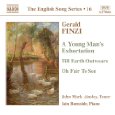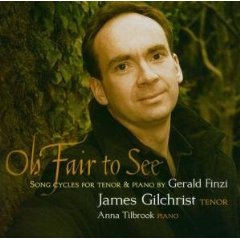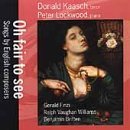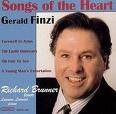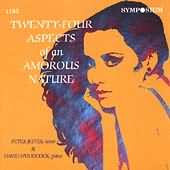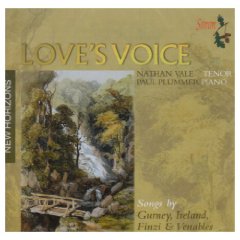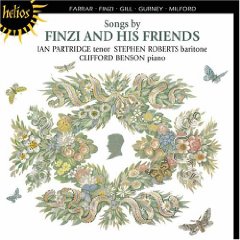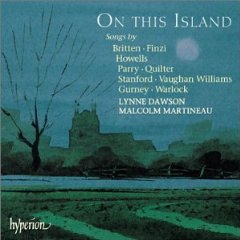As I lay in the early sun
Poet: Edward Richard Buxton Shanks (1892-1953)
Date of poem: 1918
Publication date: In the collection: The Queen of China and Other Poems (1919)
Publisher: Alfred A. Knopf, Inc
Collection: The Queen of China and Other Poems (1919)
History of Poem: The book in which the poem is found, The Queen of China and Other Poems, won the first Hawthornden prize awarded. The judges that decided the award of one hundred pounds were J. C. Squire, Laurence Binyon, and Edward Marsh.
(*Henderson, 335*)
Poem
Song |
||
|---|---|---|
| 1 | As I lay in the early sun, | a |
| 2 | Stretched in the grass, I thought upon | b |
| 3 | My true love, my dear love, | c |
| 4 | Who has my heart forever | d |
| 5 | Who is my happiness when we meet, | e |
| 6 | My sorrow when we sever. | d |
| 7 | She is all fire when I do burn, | f |
| 8 | Gentle when I moody turn, | f |
| 9 | Brave when I am sad and heavy | g |
| 10 | And all laughter when I am merry. | g |
| 11 | And so I lay and dreamed and dreamed, | h |
| 12 | And so the day wheeled on, | b |
| 13 | While all the birds with thoughts like mine | i |
| 14 | Were singing to the sun. | a |
(Shanks, 154) |
||
Content/Meaning of the Poem: The poem is lyrical in its description of a day in which the speaker is giving his thoughts about nature and his love interest. As to whether or not the love is real or one in his mind doesn't seem to matter but it is apparent that the speaker is describing traits in a girl that he admires and would be his "true love." The descriptions are rather vivid as the speaker says he would be loyal to his love "forever." He seems to want or believe his love is in true harmony with him. Someone who is happy to see him and sad to see him go; full of passion when he is passionate; sympathetic when he is "moody;" strong when he is down; a joy to be around when he is happy. The poem is framed with nature in that the poet describes a pastoral scene full of "sun," "grass," and "birds singing."
Speaker: a person with the soul of a poet who is free to describe their inner feelings.
Setting: A pastoral scene in a beautiful glen or hillside with nice grass and possibly trees or bushes in which the birds can perch and sing.
Purpose: To evoke thoughts of love and harmony with nature and ones lover.
Idea or theme: Love, nature, and bliss.
Style: Written in a lyrical style with pastoral descriptions.
Synthesis: Unlike the Thomas Hardy poems that make up the majority of the poems analyzed within this site this poem from Edward Shanks doesn't seem to have been reviewed. Gerald Finzi was obviously drawn to it possibly because of the beautiful pastoral scene evoked and the love lyrics. The poem could be said to be a sort of "wish list" for a lover or perhaps it is all about harmony. Harmony with nature as well as human interaction. It seems completely appropriate for a person who had enlisted and served during World War I to have needs to wish for harmony with nature and human kind and perhaps this is Edward Shanks' "dream" that he speaks of in the poem.
Criticism: The poetry of Edward Shanks was often criticized possibly because he was aligned with the Georgian poets and there style of writing was seen as old fashioned. "Nature is described in Mr. Shanks' poems, but never seems to live, or to flow. The scene and the observer remain separate; they do not merge." (Henderson, 335) This quote was taken from a review of Edward Shanks' The Queen of China and Other Poems, published in 1919.
✦✼✦✼✦✼✦✼✦✼✦✼✦✼✦✼✦✼✦✼✦✼✦✼✦✼✦✼✦✼✦✼✦✼✦
Musical Analysis
Composition date: 1921 (Banfield, 47)
Publication date: First published 1965
© Copyright 1966 by Boosey and Co. Ltd.
Publisher: Boosey & Hawkes - Distributed by Hal Leonard Corporation
Tonality: C sharp minor
Transposition: The song is available an augmented second lower than the original key. The transposed version may be found in the Medium/Low Voice edition by Boosey & Hawkes entitled: Gerald Finzi Collected Songs 54 Songs Including 8 Cycles or Sets.
Duration: Approximately one minute and fifty seconds.
Meter: The song is in 3/4 meter throughout but often Finzi utilizes a tied rhythm over the bar line in both the vocal line and the piano accompaniment thus suspending the feeling for the bar. This is particularly evident beginning in measure twenty-two through thirty-four which coincides with lines seven through ten in the poem.
Tempo: Tempo commodo is indicated with the dotted half note equalling fifty. The first deviation from the indicated tempo occurs in measure fourteen where a poco ritard is indicated. At the beginning of measure fifteen a tempo is indicated. There are no other deviations on tempo.
Form: The song is through-composed.
Rhythm: There are no unique rhythms within the song in either the vocal line or the piano accompaniment. The most frequent rhythmic duration is the eighth note which encompasses approximately one-half of the entire vocal line. A rhythmic duration analysis was performed and for the results please refer to: Rhythm Analysis. Information contained within the analysis includes: the number of occurrences a specific rhythmic duration was used; the phrase in which it occurred; the total number of occurrences in the entire song.
Melody: The melody for the vocal line has a few more larger skips than most of Finzi's songs but it is not excessively disjunct. The most common interval beyond the major and minor second is the ascending minor third. For complete results of an intervallic study of the vocal line please consult: Interval Analysis. The interval analysis was performed for the purpose of discovering the number of occurrences specific intervals were used and also to see the similarities if there were any between sections of the song. Only intervals larger than a major second were accounted for in the interval analysis.
Texture: Homophonic
Vocal Range: The vocal range spans the interval of a perfect twelfth. The lowest pitch is the C sharp below middle C and the highest pitch is the G sharp above middle C for the original published edition. The lowest pitch is B flat a major ninth below middle C and the highest pitch is the F above middle C in the transposed version found in the Medium/Low Voice edition by Boosey & Hawkes entitled: Gerald Finzi Collected Songs 54 Songs Including 8 Cycles or Sets.
Tessitura: The breadth of the tessitura is an octave and lies between the E below middle C and the E above middle C. For a complete pitch count of each stanza please refer to: Pitch Analysis.
Dynamic Range: The song begins at the piano dynamic and ends softer at pianissimo, in between there is a full range of dynamic indications including some for the vocal line. The loudest dynamic of forte is indicated for the vocal line beginning in measure twenty-two which also coincides with the middle section of the song and text. There are no dynamic indications for the vocal line beyond measure twenty-two. Forte is the loudest indication for the piano accompaniment and it can be found in measures twenty-two and twenty-three as well as measure thirty-two. The softest dynamic of pianissimo is found at the beginning of measure forty-nine. There are no indications for dynamics beyond measure forty-nine and thus the last fifth or twelve measures are to be sung and played very quietly. There are other indications throughout the song for dynamics and they include: crescendo and decrescendo as well as piano (measures one through six, fifteen, beginning of twenty-seven, and thirty-six through thirty-nine), mezzo-piano (measures eight and twenty-eight through twenty-nine), and mezzo-forte (measures fourteen and twenty-five).
Accompaniment: The piano accompaniment is not difficult. The most challenging aspect is the sustained soft dynamics. With regards to performance practice, Finzi creates an aural image of bird song with the beginning and closing accompaniment in the right hand . . . this theme of bird song, if you will, occurs briefly again in measures nineteen through twenty-one and one should make an effort to return to the tranquil feeling that began the piece before setting off again in the most passionate section of the song.
Published comments about the music:
Diana McVeagh in her biography of Finzi records: "It is a relief to discover a happy little single song dated 1921, Shanks's 'As I lay in the early sun', its euphoric accompaniment suggesting swings and cuckoos. Finzi revised this, possibly during his last year. A problem for anyone studying his output is the gap - sometimes of years - between his first and last thoughts about even the shortest piece. So where to place it in his chronology, at its inception or when it takes its final form? In this case, exceptionally, both early and late versions survive, showing how in the second verse he lightened the piano part, adding imitation, and extended the vocal phrase 'and all laughter . . .' ."
(McVeagh, 24)
Stephen Banfield in his biography of Gerald Finzi considers this song to be one of Finzi's finest works from his early period. Finzi would have been possibly nineteen or twenty when he composed the song. "The best song from Finzi's earliest period is 'As I lay in the early sun', composed in 1921 to a poem by Edward Shanks that had already been set by Gurney and Armstrong Gibbs, Gurney's song unpublished, Gibbs's, an attractive setting which Finzi could have known, appearing in 1920. Exceptionally, the original manuscript survives. Finzi revised the song for the projected miscellaneous set that was also to include the revised version of 'The fairies', 'Oh fair to see', 'To a poet a thousand years hence' and 'Only the wanderer', and since the handwritten list telling us this also refers to his 1956 Blunden setting, 'Harvest', we may date it and possibly the revisions themselves to that year. 'As I lay in the early sun' eventually appeared posthumously in Oh Fair to See."
(Banfield, 47-8)
Banfield points out possible influences from other composers such as Butterworth, Quilter and Vaughan Williams within the song. He also states that Finzi may have been attempting to emulate Georgian poetry in his setting. "Shanks, unlike Edward Thomas, was a 'Georgian' poet in the strict sense, represented in Edward Marsh's last two Georgian Poetry anthologies, and both this poem, which appears in Georgian Poetry 1918-1919, and Finzi's setting epitomise Georgian values. The poem does so with its Elizabethan echoes (of Sidney's 'My true love hath my heart and I have his'), nature setting and assumption of the 'pathetic fallacy' on the part of the birds, the music with its 'Butterworth' thirds representing the 'wheeling' day and its gently modal touches within the diatonic security of E major (see, for instance, some of the local approaches to G# minor). Another Georgian touch is the graceful, quintessentially English triple metre of sarabande-like flexibility in which three, four or five syllables across the three beats with a variety of long and short groupings. This was nothing new in English song by the 1920s, and suggests Quilter's influence, as does the newly admitted relaxation of a pianistic accompaniment figure that of Vaughan Williams, probably from 'Silent noon'. What Finzi had not learnt by 1921 was how to build a cooperative yet distinctive persona into the piano part, as the first three bars of ex. 2.9.a demonstrate. The initial syncopation and echo of the vocal contour in the published revision (ex. 2.9.b) make all the difference. A number of other changes were made, mostly in these central reaches and generally enhancing the song's pacing and harmonic directness, as ex. 2.9 also shows. The survival of the early manuscript offers a valuable spotlight on traits Finzi only later learnt to exploit."
(Banfield, 48)
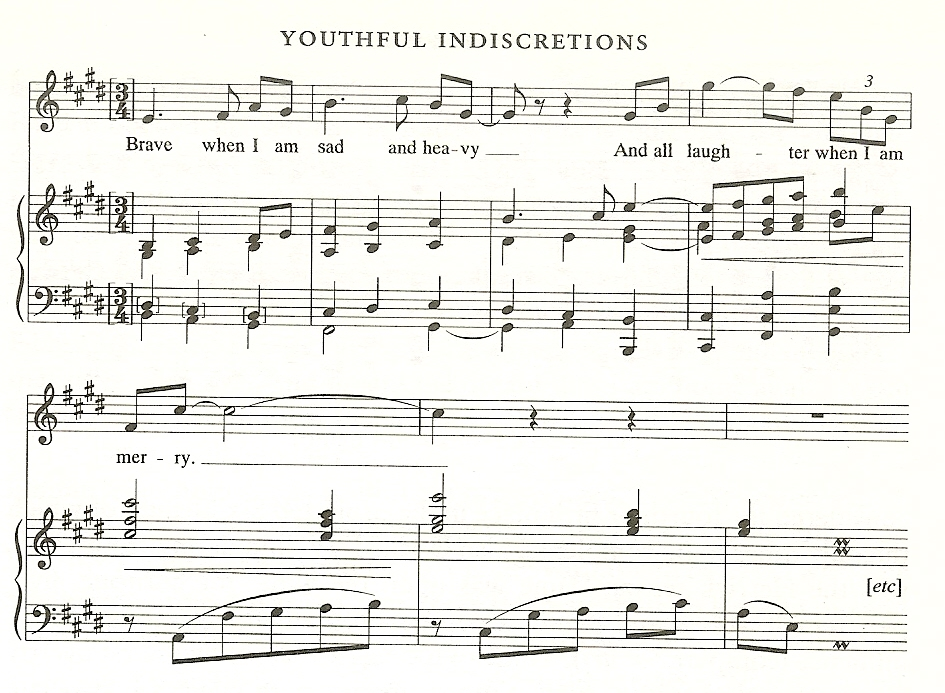
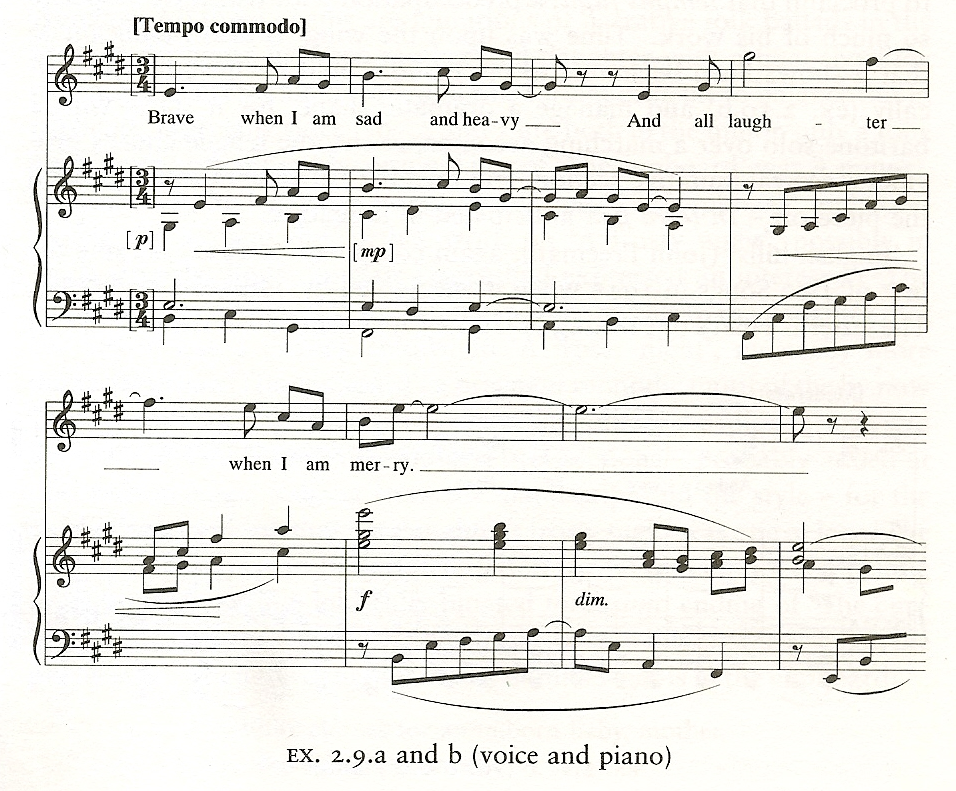 (Banfield, 49)
(Banfield, 49)
Pedagogical Considerations for Voice Students and Instructors: This song, in the original key, is possibly not appropriate for a young singer, due mainly to the high tessitura and the large leaps. The text also seems more appropriate for a graduate student that has experienced love and the passion of a relationship.
A difficult leap occurs between measures twenty-nine and thirty, consisting of an octave leap from the [g#] below middle [c] to the [g#] above. The octave leap compounded with the the [ae] vowel of "laughter" makes this leap particularly difficult for most tenors. One possible remedy to make the leap less difficult will be to incorporate a modified vowel closer to [a] which just so happens to be the proceeding vowel in the word "all." Another potential difficulty is found in the [l] consonant at the beginning of the word "laughter." One must be careful to not press the tip of the tongue against the teeth and the alveolar ridge but rather quickly and lightly touch the tongue to them. If the voice student is prone to lifting the tongue for high notes one should monitor the tongue, especially while attempting this particular leap and consonant combination. If the tongue does remain high in the mouth an exercise using the [l] consonant may be in order to help with this problem. An exercise using an arpeggio with the syllable "la" and gradually expanding the leaps and the range until the student feels more at ease seems quite appropriate for this difficult leap.
✦✼✦✼✦✼✦✼✦✼✦✼✦✼✦✼✦✼✦✼✦✼✦✼✦✼✦✼✦✼✦✼✦✼✦
✦✼✦✼✦✼✦✼✦✼✦✼✦✼✦✼✦✼✦✼✦✼✦✼✦✼✦✼✦✼✦✼✦✼✦
Audio Recordings
The English Song Series - 16 |
|
|
|
Song Cycles for Tenor & Piano by Gerald Finzi |
|
|
|
Oh Fair to See: Songs by English composers |
|
|
|
Songs of the Heart: Song Cycles of Gerald Finzi |
|
|
|
Twenty-Four Aspects of an Amorous Nature |
|
|
|
Love's Voice |
|
|
|
Song by Finzi and His Friends |
|
|
|
On This Island |
|
|
|

